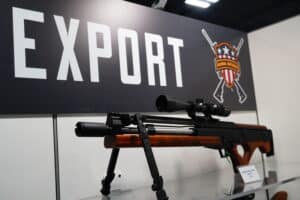The Reload has been growing fast so far this month, and I wanted to welcome all the new members to the weekly analysis newsletter. Thank you for your support! The site literally could not survive without all of you.
This week I’ll be talking about new evidence for a theory I discussed a few weeks back, and that saw renewed focus after an MSNBC anchor brought it up again on Thursday. Plus, you’ll get early access to the new podcast episode where I talk about guns and race with Rangemaster’s Tiffany Johnson.
Oh, and I’ll give you all a rundown of some fun I had at my local gun shop on Saturday after watching the latest Chris Pratt movie.
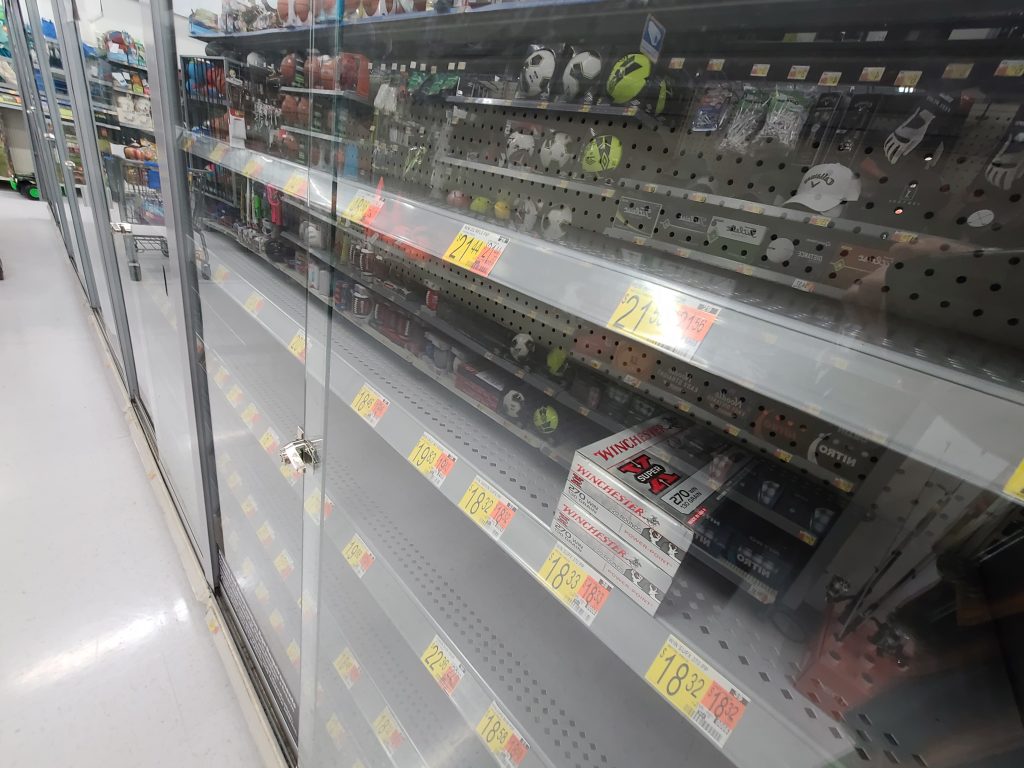
New Study Backs Up My Theory on the Murder Spike and Gun Sales
The state of California spent a bunch of money and manpower in a successful attempt to prove what I said back in June: The 2020 gun sales spike is likely not responsible for the 2020 murder spike.
Okay, so maybe their specific goal wasn’t to prove me right. And, obviously, a single study doesn’t mean the theory is completely beyond doubt now. But I’ll take the support nonetheless.
The study, funded by the University of California and published in Injury Epidemiology, actually went a step further and specifically examined firearm violence. It found no association between gun sales and gun violence.
“Nationwide, firearm purchasing and firearm violence increased substantially during the first months of the coronavirus pandemic,” the authors concluded. “At the state level, the magnitude of the increase in purchasing was not associated with the magnitude of the increase in firearm violence.”
As I explained to MSNBC’s Chris Hayes earlier this week, there are several reasons to think the gun surge didn’t cause the murder surge. And, in fact, there’s reason to think the causation is the other way around—at least, to some degree.
For one, what we call a gun sales spike is actually a gun background check spike because that’s our best barometer for gun sales. So, that tells you the people buying all those guns had clean records. That makes it unlikely a significant number of them immediately turned into violent criminals, especially since the average time the ATF says it takes a gun to go from first sale to a crime scene is more than eight years.
Plus, last year’s biggest surge in gun sales came in the weeks after violence and rioting broke out across the United States. That suggests the sales spike may well have been motivated by increasing violence rather than being the catalyst for it.
The study does find some potential association between elevated gun sales and domestic violence in April and May but notes the estimates “were sensitive to model specification.” The researchers conclude that other factors besides gun sales were responsible for the rise in gun crime, and more study into those factors is needed.

This episode, I talk to Rangemaster’s Tiffany Johnson about her new effort to train instructors in being more approachable for minority customers. Tiffany is a lawyer and legal researcher who took up an interest in firearms after her best friend was murdered. In recent years, she has dedicated much of her time to training others in self-defense tactics and educating instructors on how to better appeal to gun owners outside the demographic they’ve traditionally dealt with.
We get into how the gun industry has adjusted to the influx of black gun owners over the past year and what more can be done. Tiffany provides a unique point of view that left me better informed, and I think a lot of people will find value in it too.
I also cover the first-of-its-kind ruling holding the government liable for the Air Force’s failure to share the Sutherland Springs shooter’s criminal record with the FBI, which allowed him to buy his guns. And I dive into the emerging trend that gives us insight into how gun sales are likely to go for the rest of 2021.
You can listen to the full episode or download it here. Or you can watch the video podcast below:
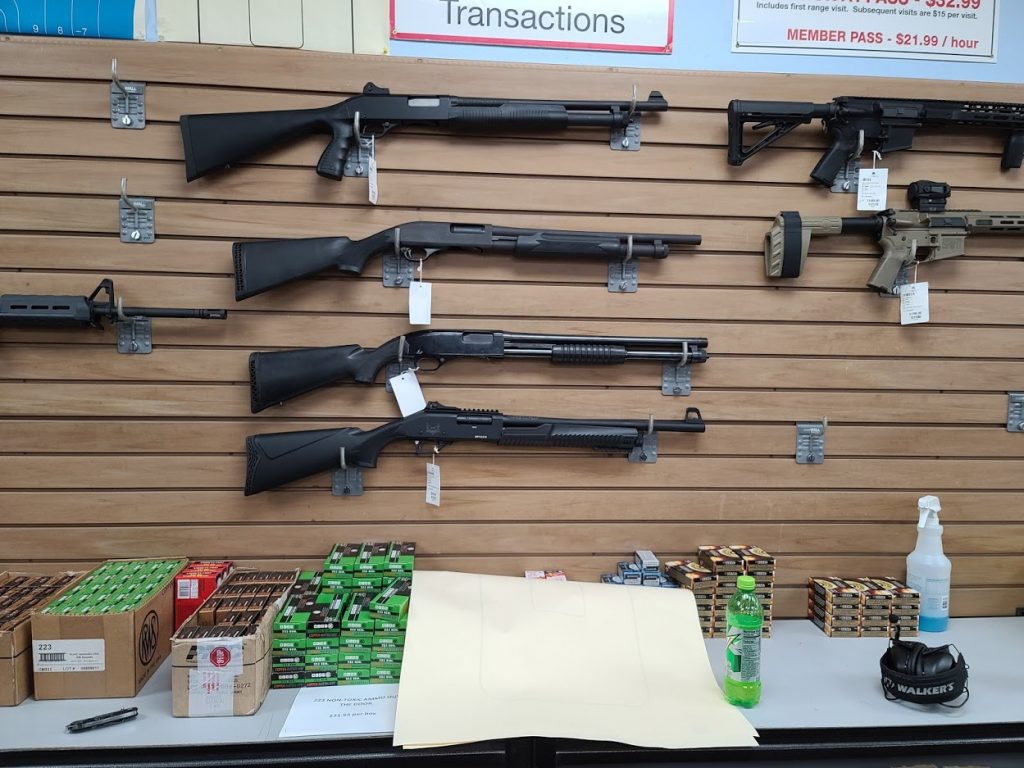
Analysis: Are We Seeing a New Normal for Gun Sales? [Member Exclusive]
A trend has begun to emerge in gun sales.
June saw 1.2 million gun sales. That’s down from a year ago, but it’s up from every other June on record. March and May told the exact same story. So did the second quarter overall.
It seems the United States may have found its new normal for gun sales.

The recent 2021 numbers are down significantly from 2020’s all-time record numbers, which makes sense. As the coronavirus swept the country, incredible uncertainty followed behind it. Mass layoffs, prisoner releases, lockdowns, and meat shortages drove Americans to the gun store at an all-time record rate.
June 2020 saw severe unrest sparked by the murder of George Floyd by Minneapolis police officer Derek Chauvin. Ultimately, that boiled over into nationwide rioting, which pushed the masses back to the gun store.
The election of President Joe Biden and his continued pursuit of restrictive new gun laws are likely helping keep demand for guns at an elevated level. However, with vaccination rates rising and the virus subsiding, it shouldn’t be surprising that 2021 sales are not quite matching 2020 anymore. It’s difficult to sustain an all-time record sales rate for more than a year and a half.
The fact the new normal is below the all-time records doesn’t mean you should run out and sell your Smith & Wesson stock or expect the ammo shortage to let up anytime soon. In fact, this is exactly the result the industry expected.
“When coming off a new high the valley floor is always higher than before the spike,” Larry Keane, senior vice president of the National Shooting Sports Foundation, told me.
And they’re happy with the new normal because sales are still far beyond anything else we’ve seen before.
With the political situation unlikely to change significantly anytime soon, it’s doubtful sales will fall below their second-best pace. If anything, politics are likely to drive sales up again soon. If President Biden follows through on his attempt to expand the ATF’s power to regulate unfinished firearms or ban and register tens of millions of guns equipped with pistol braces, that will likely drive many to buy more guns before the hammer drops.
With deadlines for those two executive actions running out at the end of the summer, gun control will probably break back into the broader media landscape. More attention on new restrictions is likely to drive new interest in buying.
So, what will fall 2021 look like?
Last fall didn’t have the nationwide rioting of the early summer, and Americans had already adjusted to the pandemic as best they could. The toilet paper and meat shortages had subsided. Many of the factors that drove the earlier gun-buying had waned. Even still, the all-time records carried on.
This fall will be on more of an even footing in terms of motivation. But Biden’s gun-control moves could push it over the top. We’ve reached a new normal for now, but September or October could push things right back into record territory. That’s the next big event to watch for.
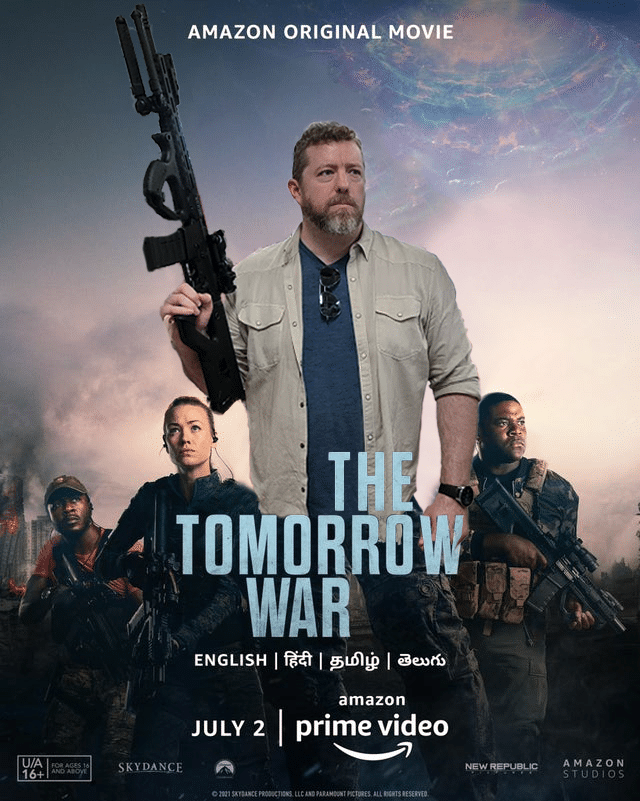
Some Gun Fun
I stopped into All Shooters Tactical in Woodbridge, Virginia on Saturday as part of my usual weekend routine (Wawa -> gun store -> gun range). I’ve been going to All Shooters for years and years in part because I enjoy the eclectic collection of guns they have there. It’s not just rows of Springfield Saints and Smith & Wesson M&Ps. They have all the popular guns, of course, but they also have a huge variety of unique firearms you can’t easily find elsewhere.
Plus, they put together some of their own builds. And, occasionally, they like to have fun.
When I walked in the store, I noticed they had the gun from the new Chris Pratt movie The Tomorrow War. I found this very amusing because I just finished watching the movie the night before and found the guns fairly comical. Apparently, in a future that’s mastered time travel, we’re still using AR-pattern rifles as our main small arms!
The main difference between the current ARs and these future guns seems to be the foregrip and stock. Well, that and the magic magazines that hold unlimited ammunition. But, anyway, it turns out, the stock and foregrip are widely available, and All Shooters had some in-store. So, they decided to build a Tomorrow gun!
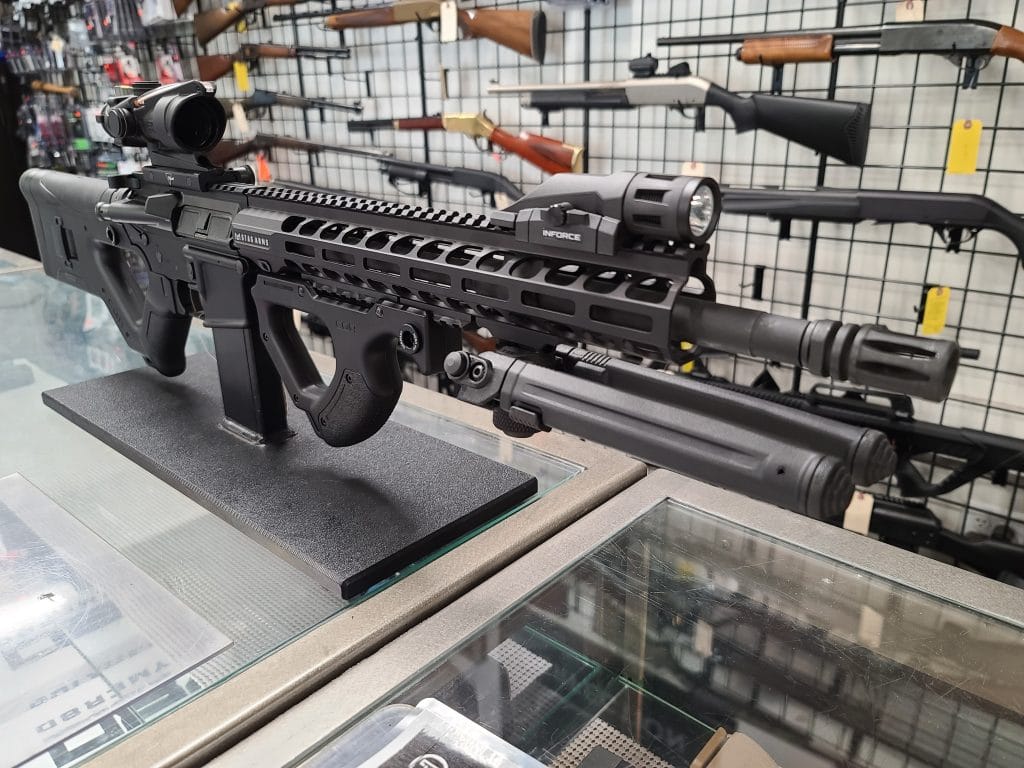
Now, the eagle-eyed among you will notice this isn’t the model that Chris Pratt uses in the movie. Of course, if you know anything about our federal firearms laws, you can probably understand why that is. The Pratt gun is a truly bizarre build that’s already sparked a meme. A full-length, non-adjustable stock with a short barrel and a magnified sight doesn’t make a whole lot of sense.
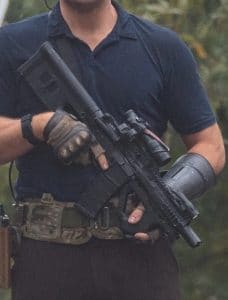
Luckily, Pratt’s build is not the only one in the movie. The All Shooter’s build is in there too. In fact, the badass vet who uses a shotgun most of the movie transitions to this longer-barrel model during one of the shootouts.

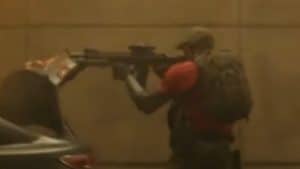
Anyway, it’s a cool gun. Neither All Shooters nor The Tomorrow War (which is a solid sci-fi action movie, by the way) is paying me anything to say any of this. But All Shooters is actually selling that gun. I doubt they’ll make more than one. So, if you want it and you have like $2,800 to blow on a movie reproduction gun, give them a call. They’re good people and it’s nice to be able to have some fun with the guns you buy from time to time.
Personally, I’ll probably wait until they get another Terminator 2 Winchester 1887 shotgun in stock. That thing is probably even cooler, and it only cost about $400.
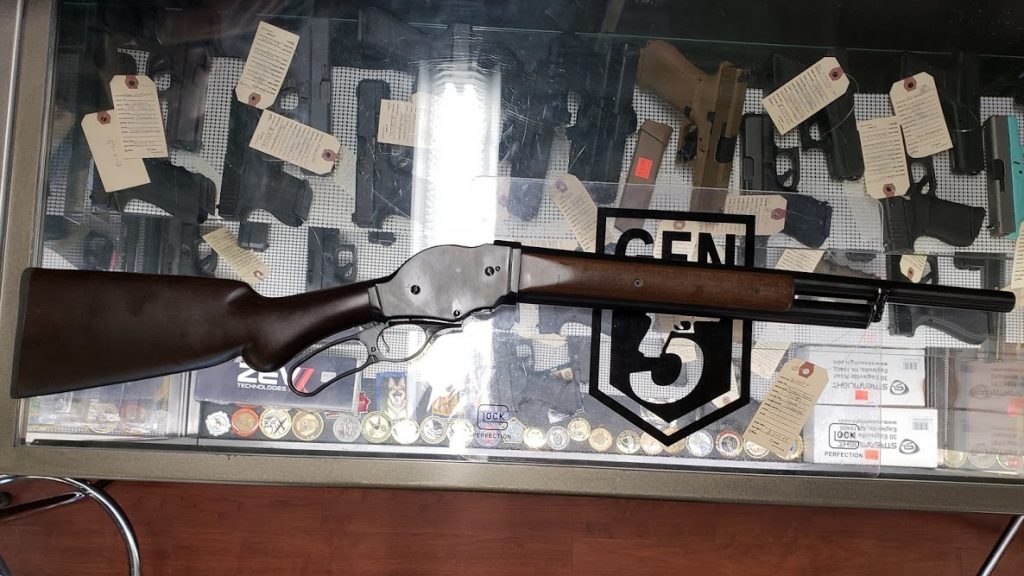
I’ve got Northwestern University professor James Fox and Duke University Center for Firearms Law director Jake Charles coming up in the next two podcasts. What questions do you guys have for them? Or for me? Leave some in the comments, and I’ll do my best to incorporate them into the new episodes.
That’s all I have for now. I’ll talk to you all again soon.
Thank you,
Stephen Gutowski
Founder
The Reload




